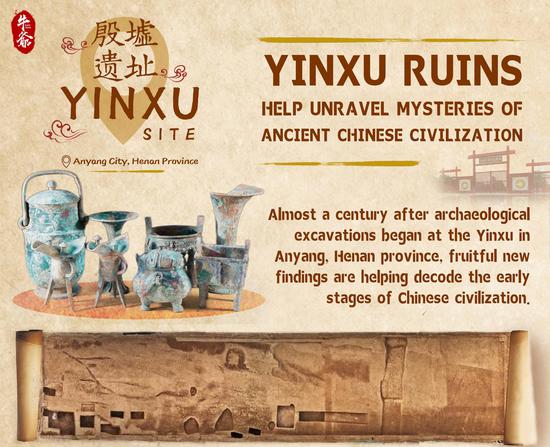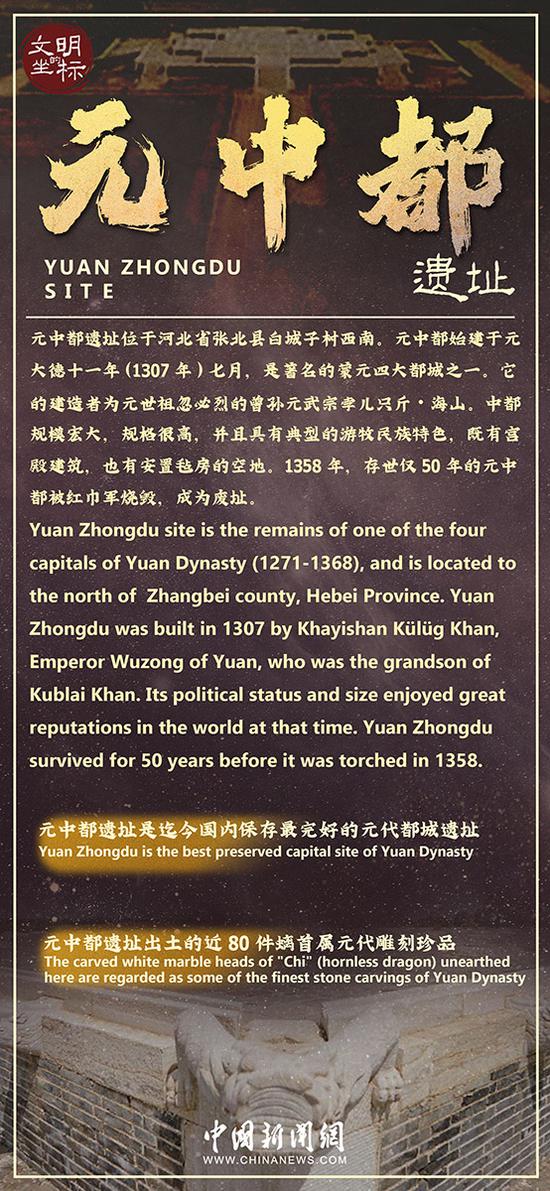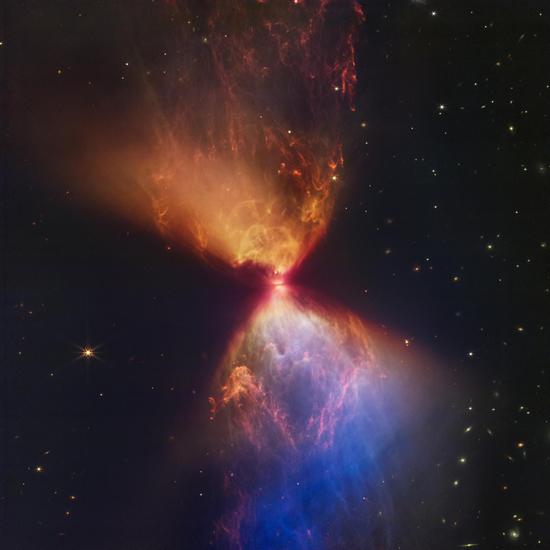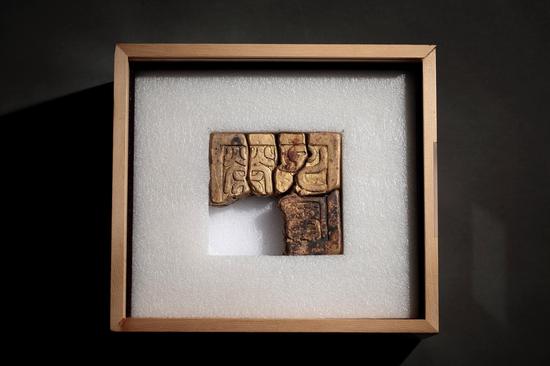(ECNS) -- Chinese researchers have unveiled the earliest flower bud fossil from the Early Cretaceous (1.25 million years ago), which was found in the Yixian Formation of Lingyuan City, Northeast China's Liaoning Province, according to Nanjing Institute of Geology and Palaeontology on Monday.
In the botanical sense, the word "flower" refers to the reproductive organs of angiosperm rather than a typical flower with beautiful petals.
The fossil flower buds are oval, 17 millimeters in length, and 9 millimeters wide, on a 15-millimeter-long stalk. There is a larch-like structure at the bottom, which is covered with flower petals, the researchers said.
The discovery of the flower bud fossil shows that the "flower" in ordinary meaning appeared in the Early Cretaceous. In addition to attracting insect pollination, another important function of the petals is to protect stamens.
The flower bud fossil also reveals that angiosperms and insects from the Early Cretaceous are likely to have begun collaborative evolution.
Although great diversity of reproductive organs among early angiosperms has been reported from the Yixian Formation (Lower Cretaceous) of China, no typical flower with petals has hitherto been seen from the Early Cretaceous.
The research, jointly conducted by WangXinfrom the Nanjing Institute of Geology and Palaeontology and Chen Lijun from the Orchid Conservation & Research Center of Shenzhen, has been published in Biology.


















































 京公网安备 11010202009201号
京公网安备 11010202009201号